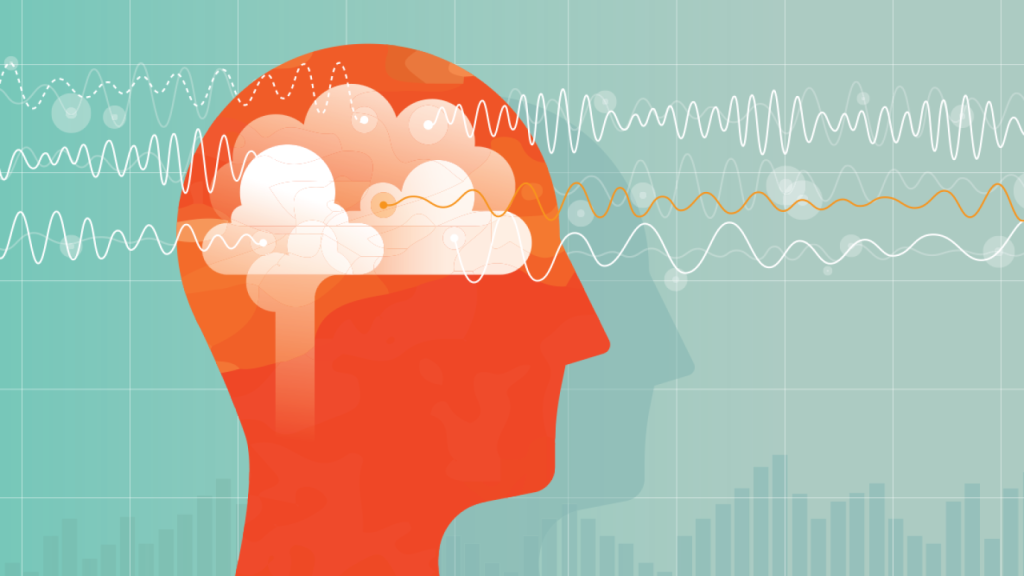In a world that is constantly evolving, our understanding of mental health has undergone a transformative shift, acknowledging the intricate interplay of biological, psychological, and social factors. Breaking boundaries in the realm of mental health involves dismantling stigmas, embracing diversity, and providing inclusive services that cater to the unique needs of every individual. One of the primary barriers to mental health services has long been the pervasive stigma attached to seeking help. Breaking this barrier requires a collective effort to challenge societal misconceptions surrounding mental health. Open conversations and awareness campaigns play a pivotal role in normalizing discussions about mental well-being. By fostering an environment where individuals feel safe to share their experiences without fear of judgment, we create a foundation for inclusive mental health care. Inclusivity in mental health services goes beyond recognizing different diagnoses it encompasses cultural, social, and economic dimensions. Diverse communities often face unique challenges related to mental health, which may go unnoticed in conventional models of care.

Empowering lives means tailoring services to the specific needs of these communities, acknowledging and respecting cultural nuances, and providing accessible resources that bridge linguistic and socioeconomic gaps. Language plays a crucial role in breaking boundaries and fostering inclusivity in mental health care. Offering services in multiple languages ensures that individuals from diverse linguistic backgrounds can communicate their experiences effectively. Moreover, it helps in overcoming the linguistic barriers that may hinder accurate diagnosis and treatment. Inclusive mental health services strive to be multilingual, recognizing the richness of cultural and linguistic diversity within the global community. Another critical aspect of inclusive mental health services involves acknowledging and addressing the intersectionality of identities. Individuals may face discrimination and marginalization based on a combination of factors, such as race, gender, sexual orientation, and socioeconomic status. Breaking boundaries means recognizing these intersecting identities and tailoring mental health services to meet the unique challenges faced by individuals with multiple marginalized identities. Accessibility is a cornerstone of inclusive mental health care.
Geographical, financial, and infrastructural barriers often limit access to mental health services, particularly in underserved communities. Breaking boundaries requires a commitment to reaching those who may be isolated or lack the resources to access traditional mental health care. Utilizing technology, such as telehealth services, can bridge the gap and provide mental health support to individuals in remote areas or those facing financial constraints. Inclusive mental health services also involve a paradigm shift in the way we approach preventive care. Instead of waiting for individuals to reach a crisis point, proactive measures can be implemented to promote mental well-being from an early stage and learn this here now https://lakeviewmentalhealth.com/. Education and awareness programs aimed at schools, workplaces, and communities can empower individuals with the knowledge and skills to manage their mental health effectively, reducing the likelihood of developing serious conditions.by challenging stigmas, embracing diversity, and providing accessible, culturally sensitive services, we can empower lives and foster a society where mental well-being is a shared priority. In this inclusive paradigm, every individual, regardless of background or identity, can access the support and resources they need to thrive mentally and emotionally.
